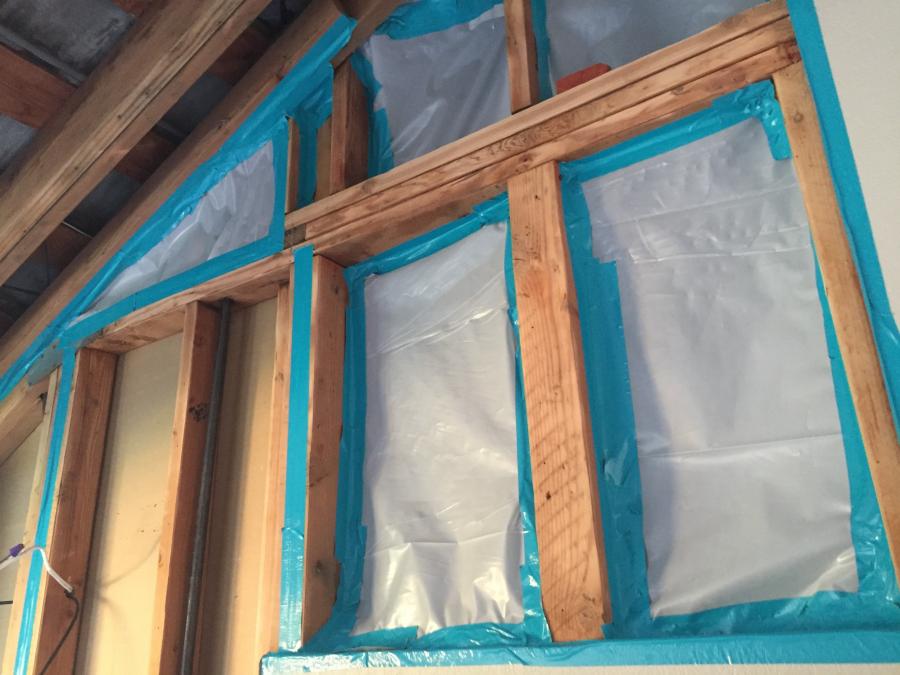Moving Forward With Your Mold Abatement Project

Once you find a quality mold abatement contractor that can meet your needs, it’s time to move forward by signing a contract for mold removal and repair services. Expect to see a detailed contract that includes the price (itemized amounts for materials and labor are best), the scope of work and start/end dates. Be sure to submit any special requests ahead of time to ensure they get included in the final contract. You’ll also want to confirm any warranties or guarantees at this time and make sure they’re present in the contract.
Read through the contract and make sure you understand all the terms and limitations before you sign. Contracts are legally binding, so for your protection, never sign a blank or incomplete estimate. After the contract has been signed, it’s time to get ready for your mold abatement project.
Setting Up Your Mold Abatement Contractor for Success
Before your project begins, take steps to simplify the job for your contractor. Not only can this make the job run smoother, it can potentially cut down on billable hours for the job, which can save you money. Here are some tips:
Find out if you can stay in your home during the job. Depending on the size/scope of the work and the type of mold present, you may or may not be able to remain in your home while the mold removal work is being done. If your contractor recommends temporarily moving out of your home during the mold removal, make arrangements to stay elsewhere.
Provide storage space. Find out if your mold abatement company needs additional space to store equipment for the job’s duration and then provide easily accessible storage room where possible.
Provide access and clearance for work trucks and employees. During the job, your contractor will likely need to have access and clearance for vehicles and employees. This may include finding room for parking in the driveway or on the street near your home. Ask how many work trucks and how much room will be needed so you can arrange for parking ahead of time. You may also need to provide access codes or extra keys.
Move items out of the work area. Ask if you should remove furniture, decorations, rugs, stored items, and other materials from the rooms where the mold abatement and remediation will be taking place. This will protect your belongings and make it easier for your contractor to access the affected areas. Remember, mold spores spread mold, so it’s important to talk with your mold removal company about which materials should be moved and which need to be treated to prevent the mold from returning.
Stay out of the work area. It can be tempting to check in on the progress of the job, but interrupting your mold abatement contractors while they’re working can be dangerous for everyone involved. Likewise, be sure to keep children and pets away from the work areas and areas where employees will be walking to and from the job. Even during off-hours, worksites can be filled with dangerous tools and equipment and mold can be exposed. Stay away from work areas and areas that have been cordoned off for your safety and the success of the job.